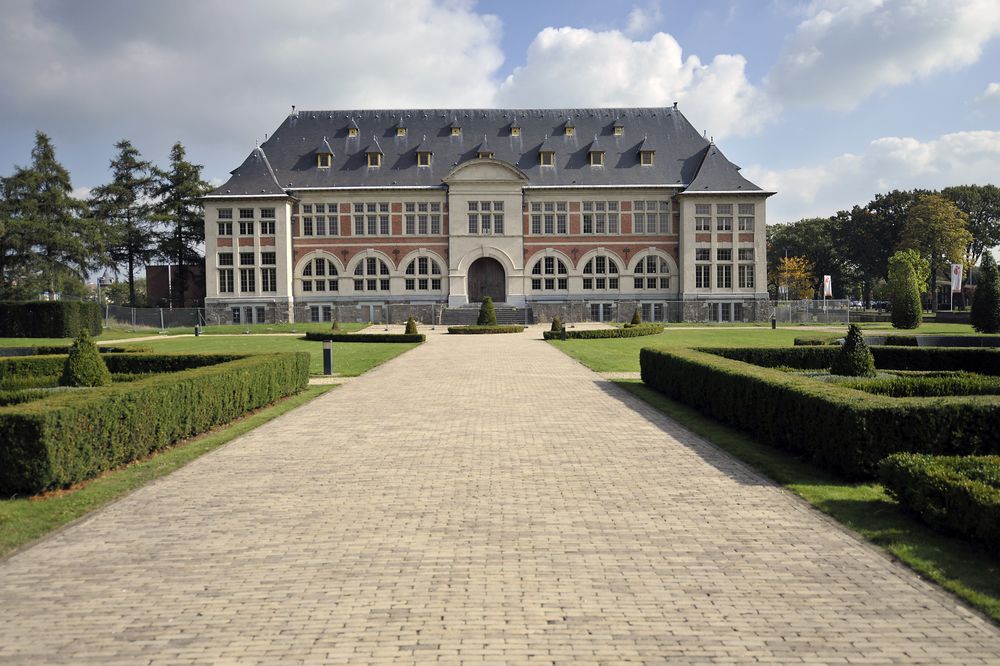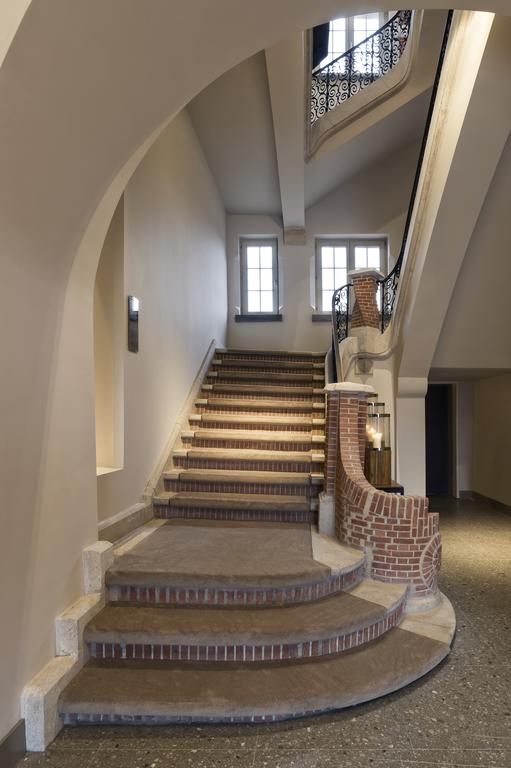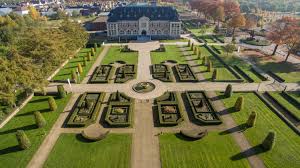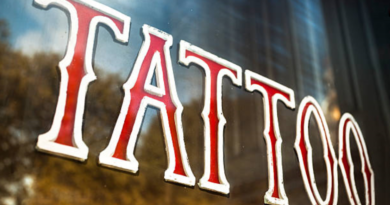Tired of the rat race? Look no further than Maasmechelen
Spring has sprung so, with the changing of the seasons, what better reason to “reconnect” with nature? That is exactly what one part of Belgium is doing, literally. The area is Maasmechelen which is probably best known for the discount retail outlet that annually attracts tens of thousands of visitors, not least Chinese, in search of some retail therapy. It’s a great place for good quality bargains but, if therapy of another kind – getting away from the rat race – is your thing then this bit of Belgium is brilliant.
Thanks to a go-ahead local company, LRM, the area has turned full circle, replacing old industrial infrastructure with some particularly innovative projects. First, a brief reminder of the area’s history is in order. Back in the early 1900s, this was almost universally covered in heath-land. Then, coal was discovered and “black gold” totally transformed the fortunes of Maasmechelen. With the demise of King Coal – the last mine closed in the 1980s – the land is now being “returned to nature”.
Under an ambitious long-term initiative led by LRM (Limburgse Investeringsmaatschappij), there’s now an impressive 4-star hotel – “Terhills” – that occupies the site of what used to be the huge administrative building for the adjacent Eisden mine.

As part of the same project, there’s a cable park nearby where you can try your hand at water-skiing, wakeboarding or kneeboarding and, generally, have lots of aquatic fun.
The park has just opened for its sixth season and runs until the autumn. From mid-May it will also have child-friendly sessions while, at the end of this month, there’s also an aquapark until the end of September. It all takes place against the very scenic backdrop of the Hoge Kempen National Park – the only national park in Belgium.
The main entrance to the park is via “Connecterra” which is part of the Terhills recreation area still being developed by LRM, with upcoming projects including the “Terhills Resort,” a holiday park that will have 250 cottages, plus other facilities such as a bakery, pool and restaurant, due to open later in 2020. The site developers are also looking for an extra indoor leisure facility for children for when the weather is bad (bear in mind, though, this is the Belgian region said to have the best mean temperature in Belgium).
The park is great for walking and also renowned for the best panoramic views in the whole of Flanders. It was the hotel, though, which was the first piece in the regeneration jigsaw – opening on 1 March 2015 – and this fine establishment, built in 1932 and located right next door to the chic Maasmechelen shopping village, makes for a great base from which to see what’s being done locally and also to explore further afield.
You have to pinch yourself to recall its rich past and, should you be in any doubt, there’s a reminder right at the hotel entrance, at the foot of the impressive staircase that informs visitors of the 48cm drop in floor variation from one end of the building to the other (if you notice this, no, it isn’t the result of having had one too many to drink!).

The actual reason, as a sign explains, is the subsistence the building suffered before the old mine shafts directly below the hotel were filled with water in order to stabilise them. No need to worry – the building has been stable for many years. The transformation of this former Eisden mine HQ is remarkable and certainly eye-catching. A beautiful neo-classical building, it now boasts 58 stylishly furnished luxury rooms, including six suites and two family rooms, spread over four floors and all connected by what is known locally as “de scheve trap” (the crooked staircase).
Guests here are also informed of yet more recollections of its industrial mining past in the form of artworks prominent in the hotel’s public areas as well as in the charming guest rooms. Due to the nature of the building, the rooms are quite different but the most characteristic are probably located on the top floor where part of the roof construction is still visible.
Culinary enjoyment is a given in Limburg, the most eastern part of Belgium and just a 5-minute drive to the Dutch border, and the hotel’s restaurant provides yet another fitting link to his mining past. The brand new head chef at “Terhills Brasserie”, situated on the ground floor and next door to the old mine shaft, is 53-year-old Dirk Dekinderen, a local man, whose grandfather and father used to work right here on the colliery site.
The charcoal coloured plates and tables in the restaurant are a reminder of the darkness of the mines while dishes that feature on the menu, like stew and steak, recall the hearty food beloved by the area’s former workforce. The welcoming Dirk, who ran his own restaurant nearby for 24 years before recently taking over the kitchen here, says, “Obviously, the place is very much part of my past and I am proud of that but, while it’s important to keep the area’s heritage alive, I also want to introduce food synonymous with its multi-cultural past.”
Take that as a sign that more Italian and Moroccan food might find its way onto the menu in the near future. The a la carte, currently, is relatively small but is rotated regularly and has a nice balance of meat and fish, all emphasising the local and healthy aspect of local ingredients used by Dirk. Dirk is ably assisted by restaurant manager, Genk-born Youness Ait El Fassi, 22, whose Moroccan-born dad (yes, you guessed it) also worked in the mine here.
This very pleasant and relaxing restaurant (and hotel) directly overlooks gorgeous French-style gardens which reflect the building’s importance and became national heritage in 1993.

The garden is a “green carpet” leading to the adjacent Maasmechelen Village, which as well as top brand boutique shops has some nice places to eat, and the Connecterra gateway to the national park which, itself, boasts a nice visitor centre and four slagheaps (made from mine waste), affording great views of this delightful region (don’t forget to pack your hiking boots).
No trip to this part of Belgium is complete without also trying a spot of cycling (it’s known as the most cycle-friendly province in the country) and you can hire a bike via Toerisme Limburg . Cycles, which cost as little as €10 for the day, can be collected from various locations, including from the famous Bokrijk open air museum, a few kilometres away and which is running an exhibition on Bruegel, the famous Flemish painter, until October.
You need to order and book online but it’s well worth trying because you’re unlikely to find safer and more pleasant cycle tracks anywhere else in Belgium. Don’t forget to experience the “cycling through water” feature nearby, which was recommended by Time Magazine, no less.
If you’re thinking of a short break this Easter – or any other time of the year – you’d do well to give serious consideration to this part of Belgium that is quite often overlooked by expats (and maybe many Belgians). If your trip is more likely to be during the summer it’s worth knowing that, starting from June, you can also enjoy the pop-up concept ‘Dinner on the lake’ at Terhills.
The Limburg company (and Eisden-born architect) behind the hugely impressive redevelopment of both the hotel and surrounding area deserve great credit, not least as the various projects will hep create 1,250 jobs in what used to be an economically depressed region.
The hotel, in particular, makes for a wonderful spot to recharge your batteries while at the same time helps you appreciate a significant aspect of Belgium’s past, one which is being wonderfully “mined” by LRM, based in Hasselt. Remember: the entire landscape of Terhills, with its ‘mountains’ and lakes, is completely formed by the former mining and gravel extraction industry that once took place here.
The informal motto of the Terhills Project is “Feel the heartbeat of nature” and that is a particularly appropriate description of what you’ll find here.
Further info:



